Industrial Continues Growth Amid Rising Rates
Driven by reshoring and e-commerce, the sector is prospering, according to the latest CommercialEdge report.

The industrial sector continues to power through, despite a slowdown in new construction starts. Image by Bilanol/iStockphoto.com
The Federal Reserve’s fight against inflation has resulted in a series of interest rate increases spanning 18 months, the latest CommercialEdge report noted. As a consequence, industrial construction starts and sales have experienced a slowdown, despite robust rent growth and low vacancy rates.
In 2021 and 2022, industrial construction starts reached 586.2 million square feet and 614.5 million square feet, but only 177.8 million square feet was started in 2023. Escalating material and labor costs, coupled with stabilizing demand, have contributed to this deceleration. Higher barriers to construction financing has prompted many developers to halt projects.
Despite the challenging interest rate environment, the industrial sector outperforms other assets, driven by positive long-term factors such as reshoring and strong e-commerce trends. As inflation subsides, interest rates decrease and economic uncertainties clear, the enthusiasm for development and sales is expected to rebound, albeit not at pre-pandemic levels.
READ ALSO: Expanding Into Industrial: Diversifying for Long-Term Success
Industrial investment year-to-date in July amounted to $26.9 billion, CommercialEdge data shows. The average sale price saw a modest increase from $124 per square foot in 2022 to $131 in 2023. This sales slowdown might stem from disparities between buyer and seller expectations. Although interest rates have impacted sales volume, they have yet to influence average property prices.
The under-construction pipeline featured 595.6 million square feet of industrial space at the end of July, or 3.2 percent of total stock. Since the start of 2022, construction began on manufacturing projects totaling 94 million square feet.
The largest pipeline on a percentage of stock basis in the country was found in Phoenix (15.9 percent, 56.7 million square feet underway). In Dallas-Fort Worth, some 52 million square feet of space was under construction, accounting for 5.7 percent of total stock, followed closely by the Inland Empire (5.1 percent, 31.9 million square feet), Charlotte (4.5 percent, 13.8 million square feet) and Denver (4.5 percent, 11.5 million square feet).
Midwest rent increases: lowest in nation
National industrial vacancy decreased 10 basis points from the previous month, clocking in at 4.4 percent at the end of July. Leasing activities have also tapered due to higher rates, economic uncertainty and changing e-commerce demand. Reports indicate a growing availability of sublease space as tenants seek to streamline supply chains.
Meanwhile, national in-place rents for industrial space averaged $7.39 per square foot in July, up 750 basis points year-over-year and six cents more when compared to June 2023. Despite low vacancies, markets such as Indianapolis (3.2 percent increase), Kansas City (3.6 percent) and Chicago (3.9 percent) have seen the smallest rent gains in the past year.
These markets can quickly respond to rising demand due to fewer geographic constraints, allowing tenants negotiation leverage, unlike port markets, where tenants have less bargaining power. Since 2021, Chicago’s stock grew 6.6 percent, Kansas City’s 9.8 percent and Indianapolis’ 14.1 percent.
Read the full CommercialEdge report.

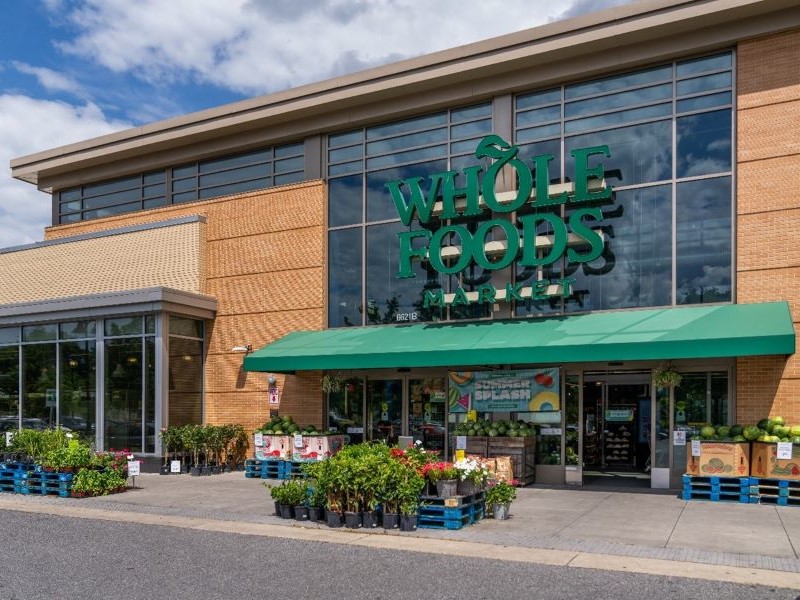
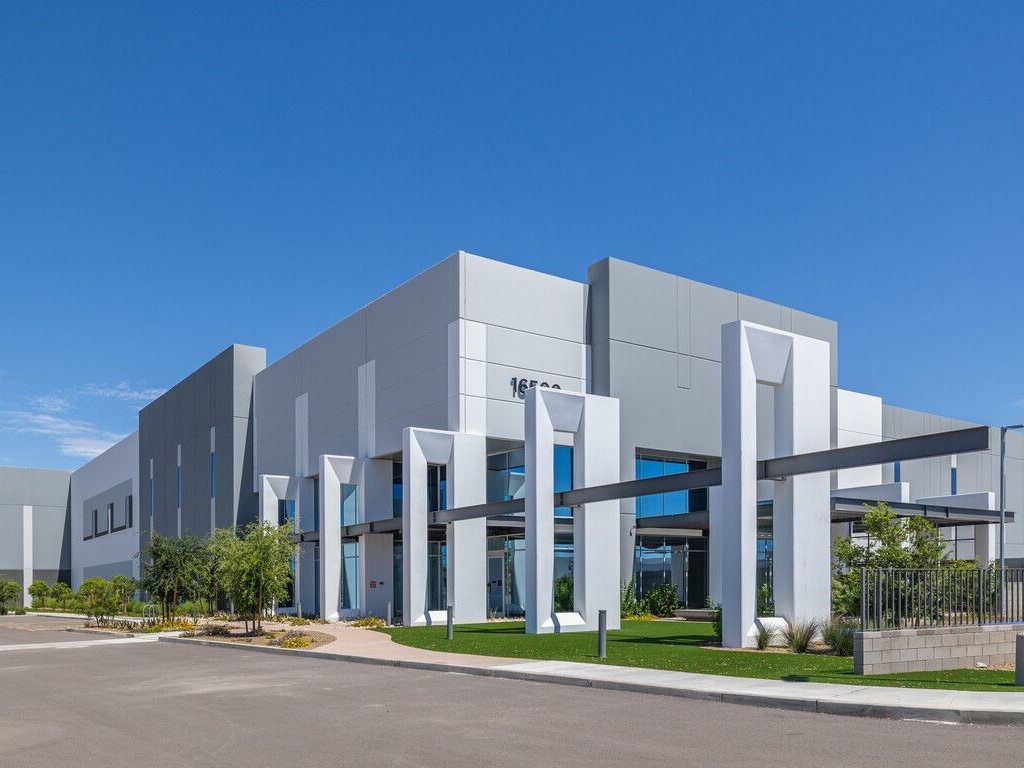
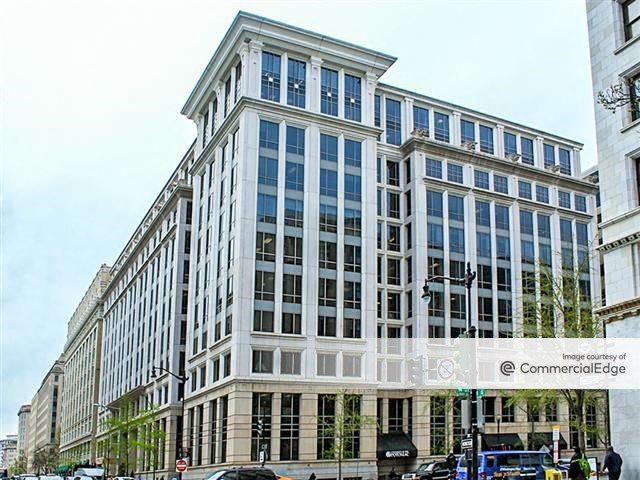

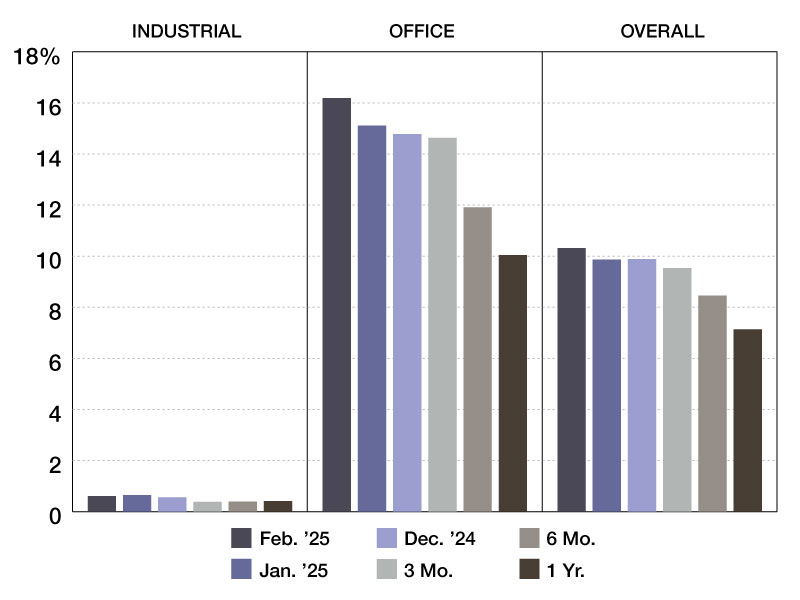
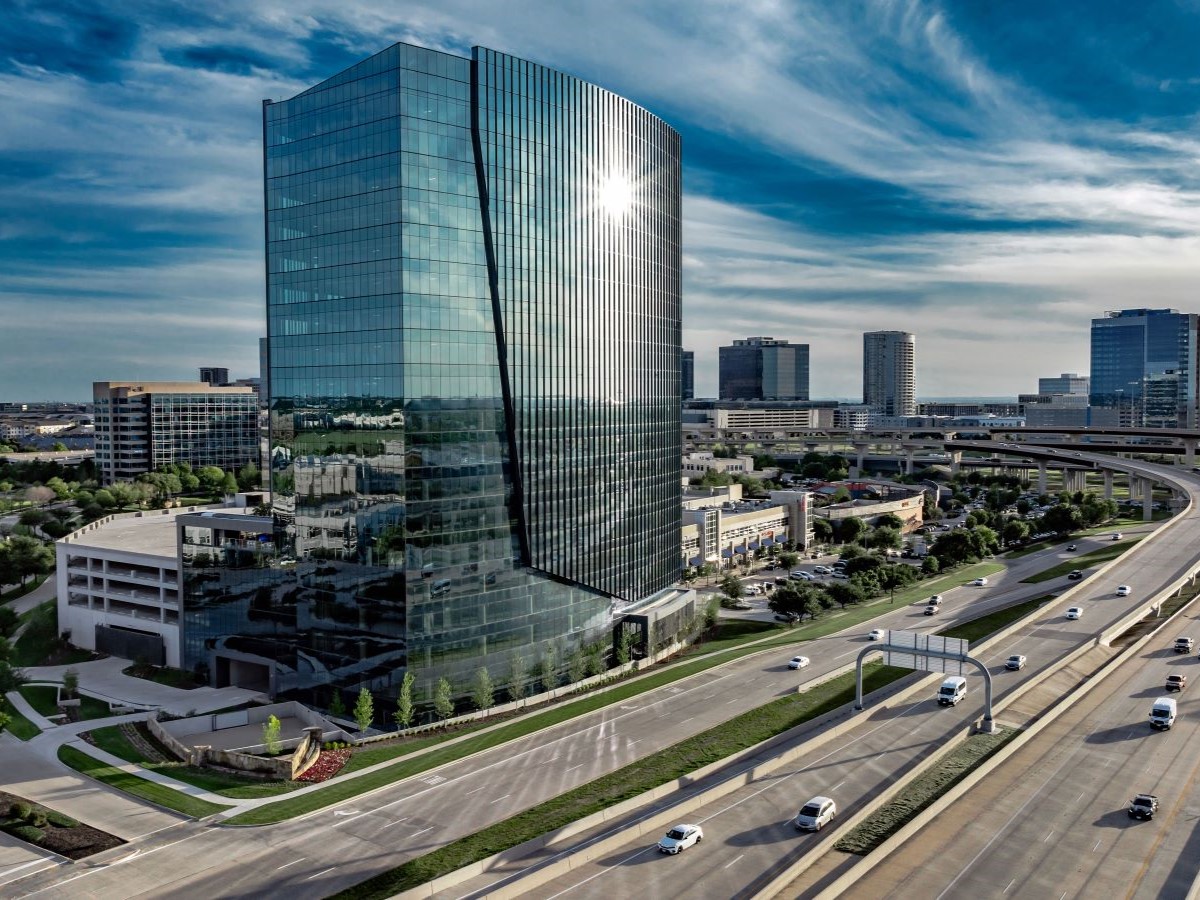
You must be logged in to post a comment.